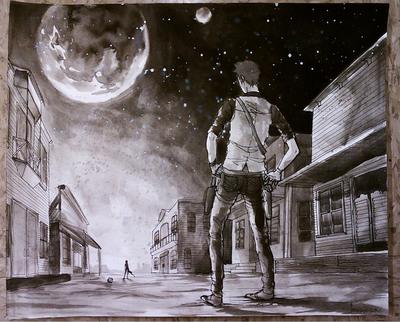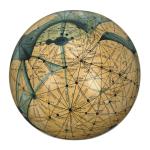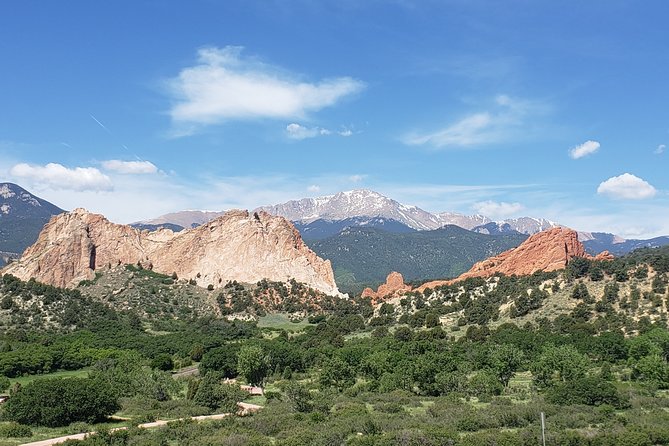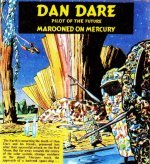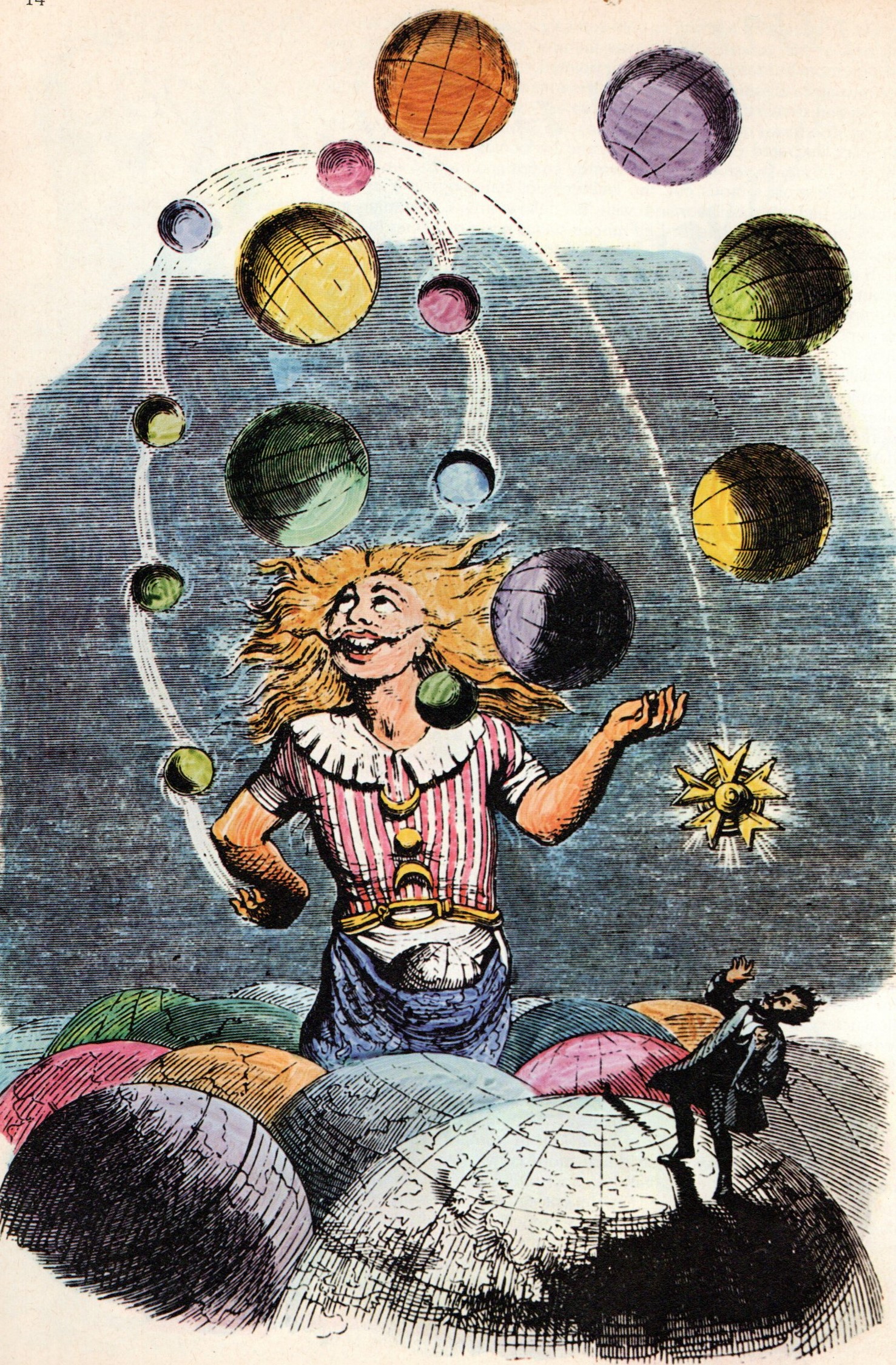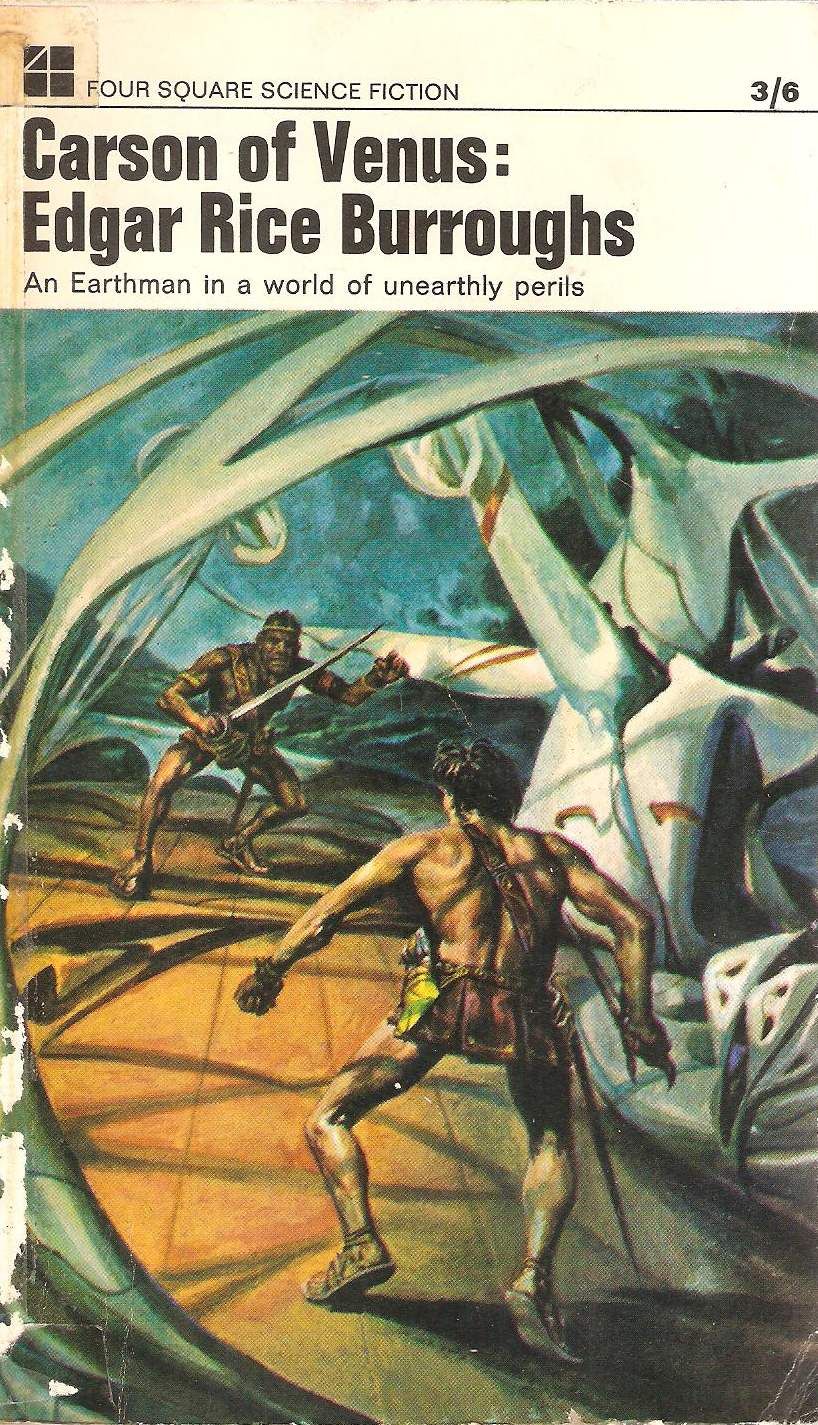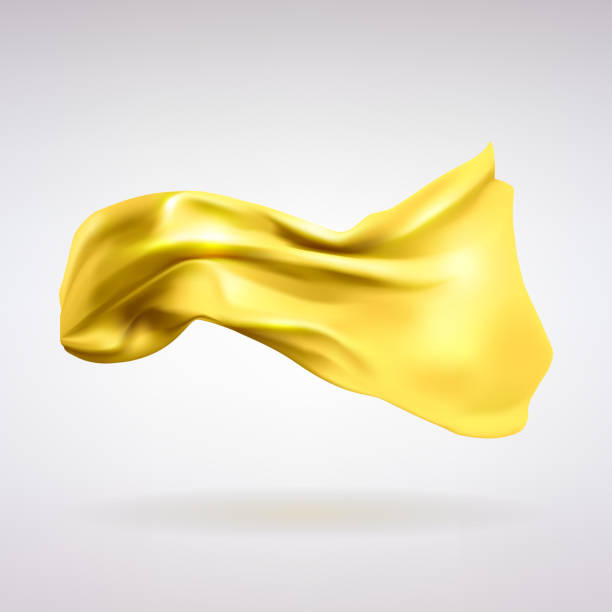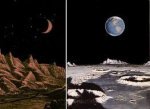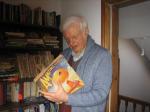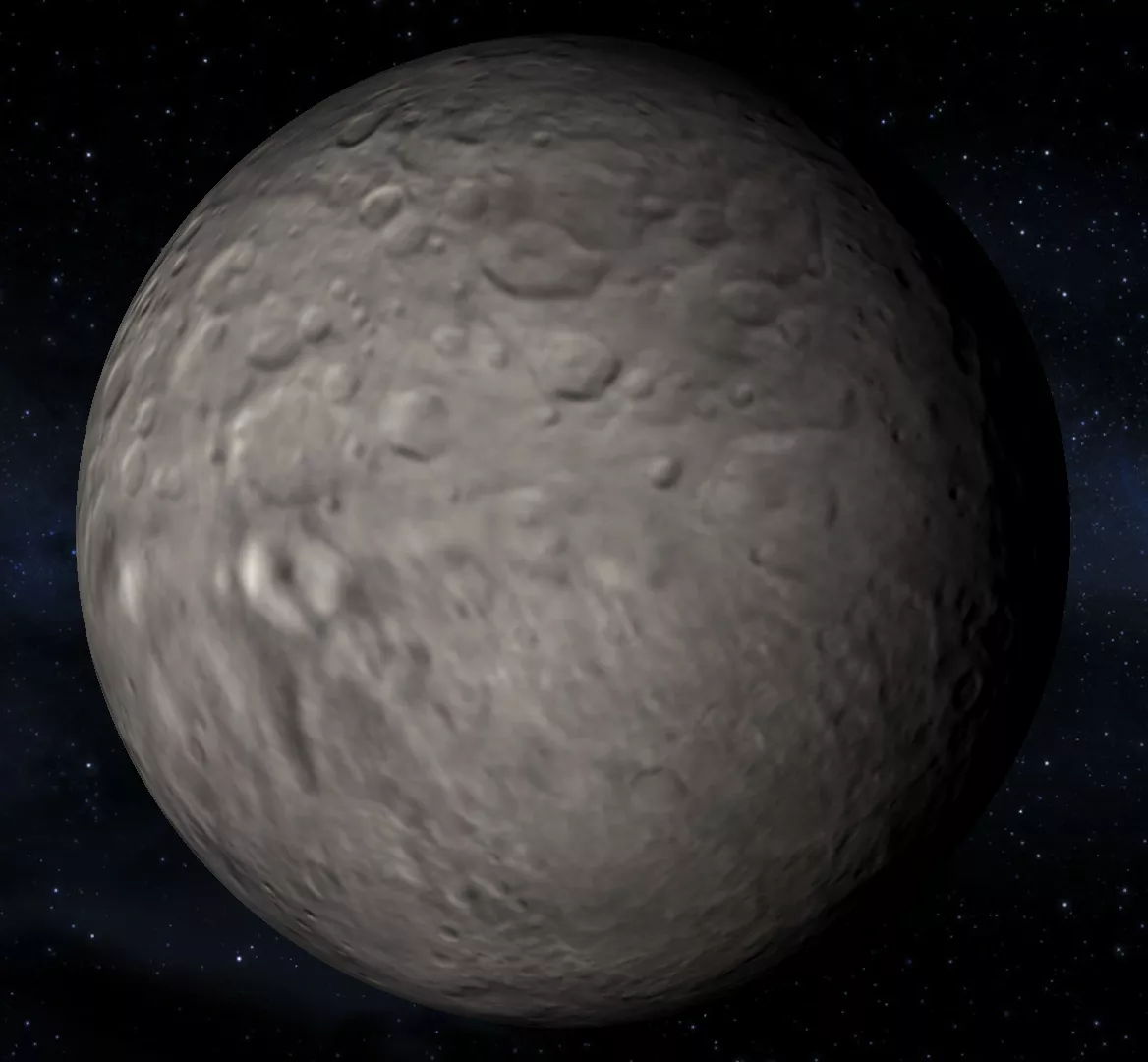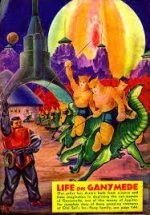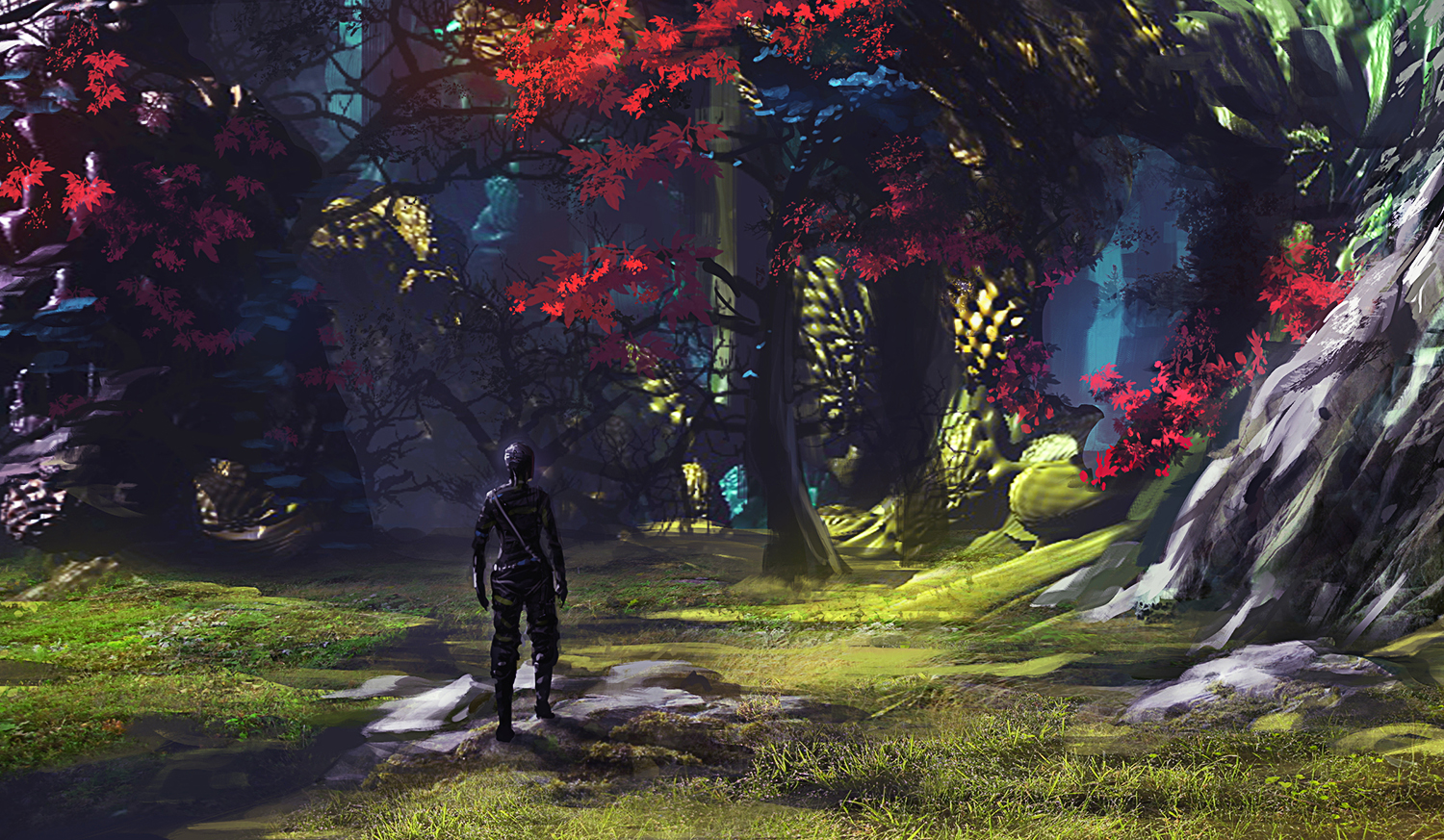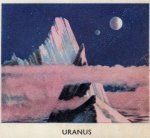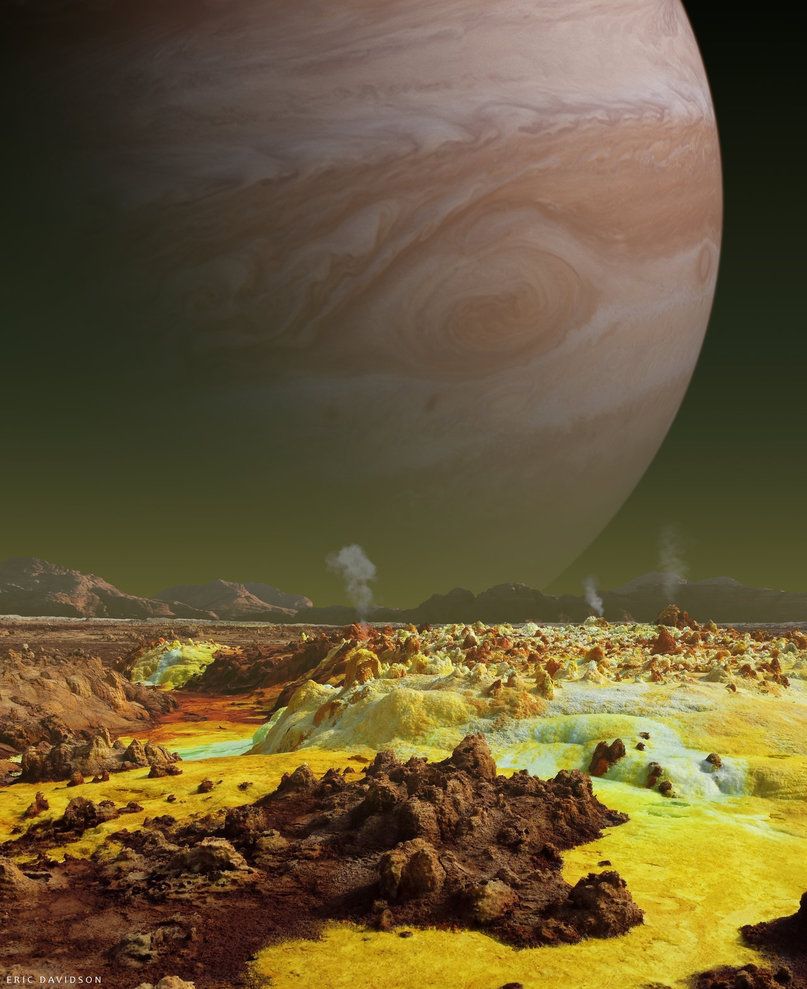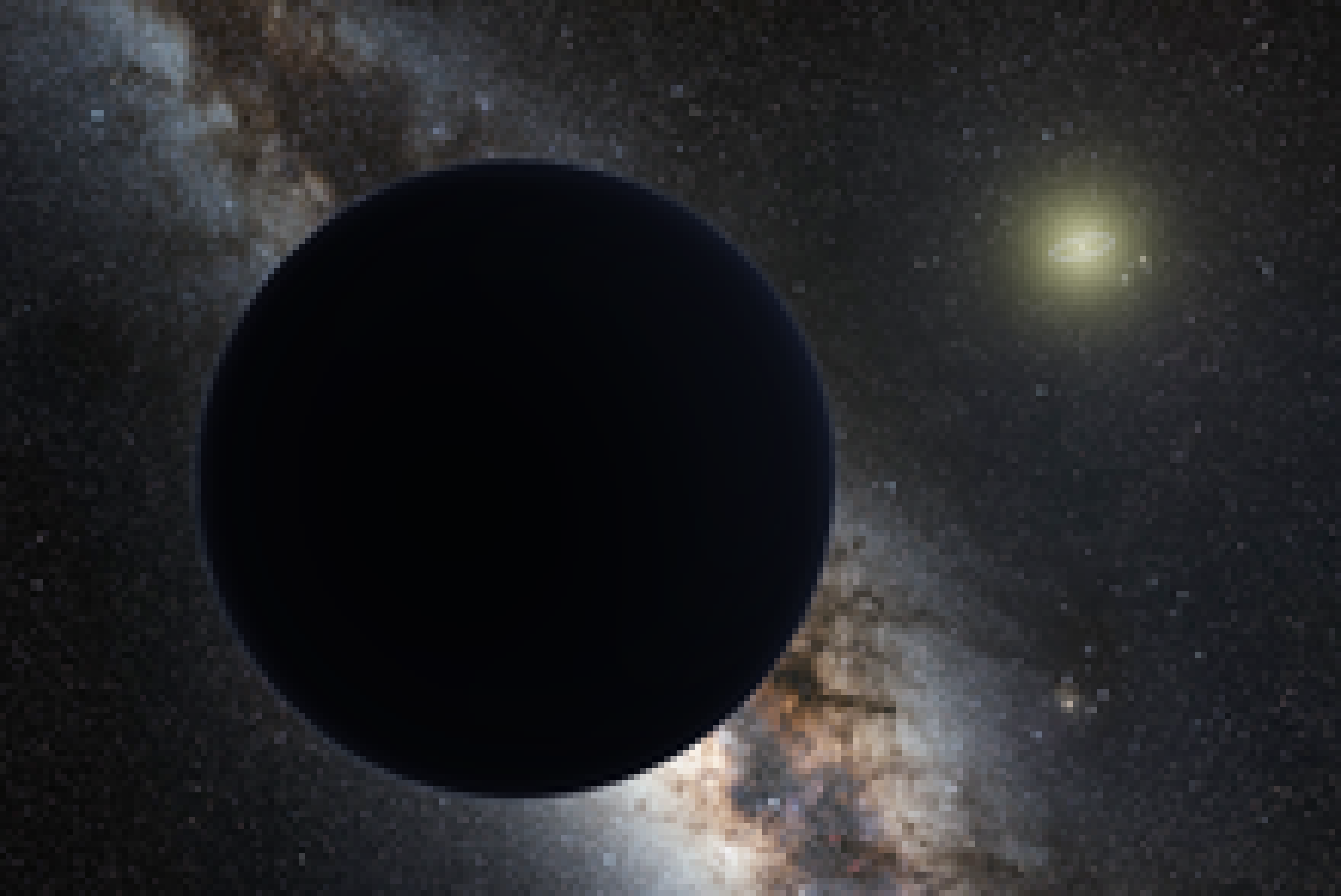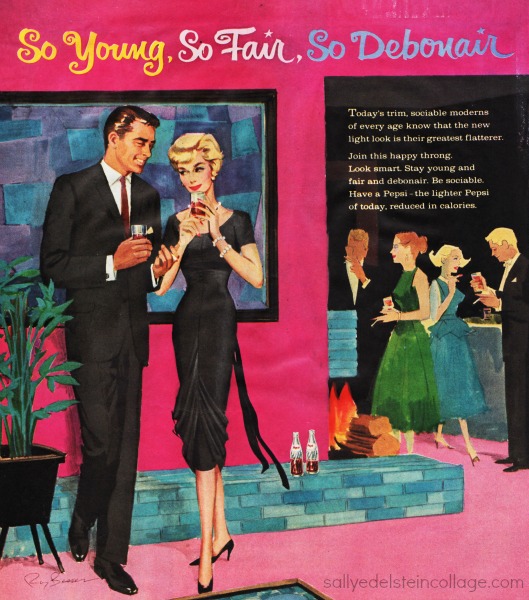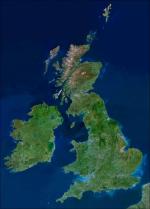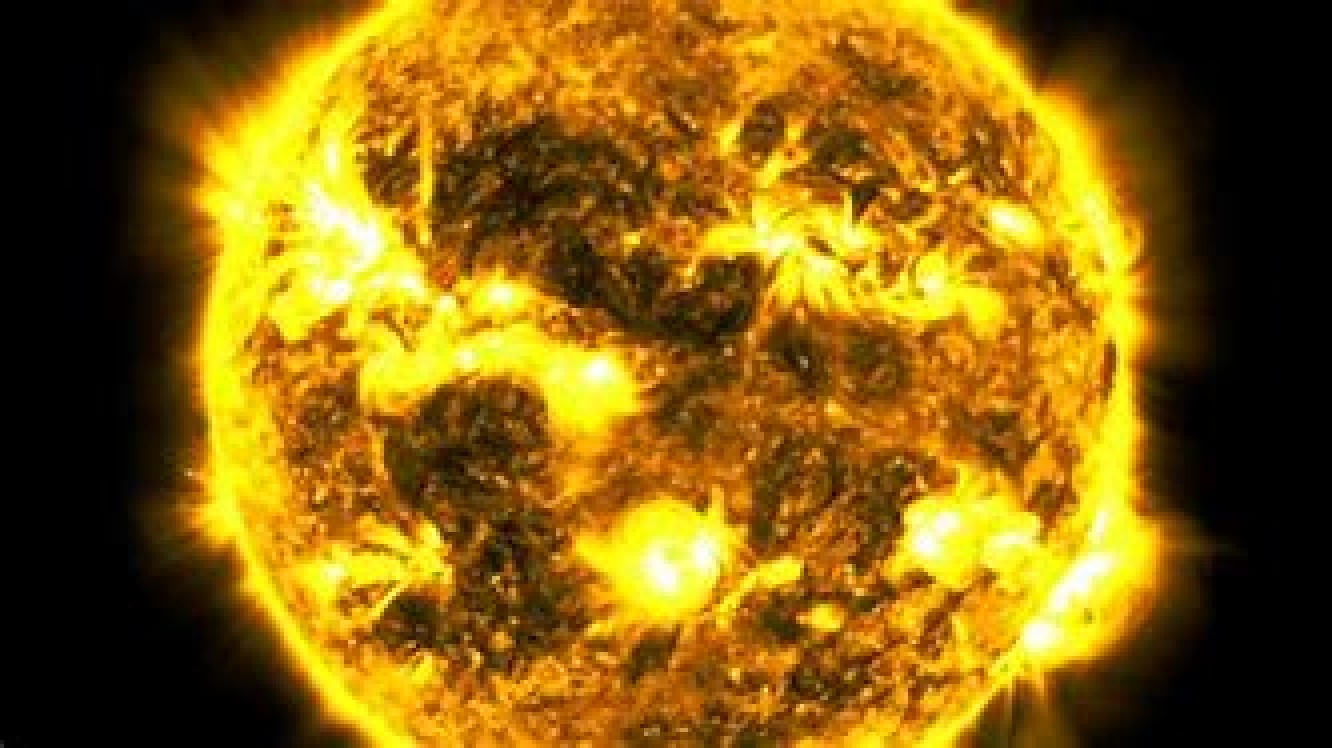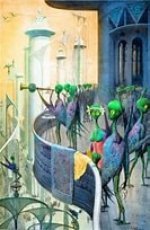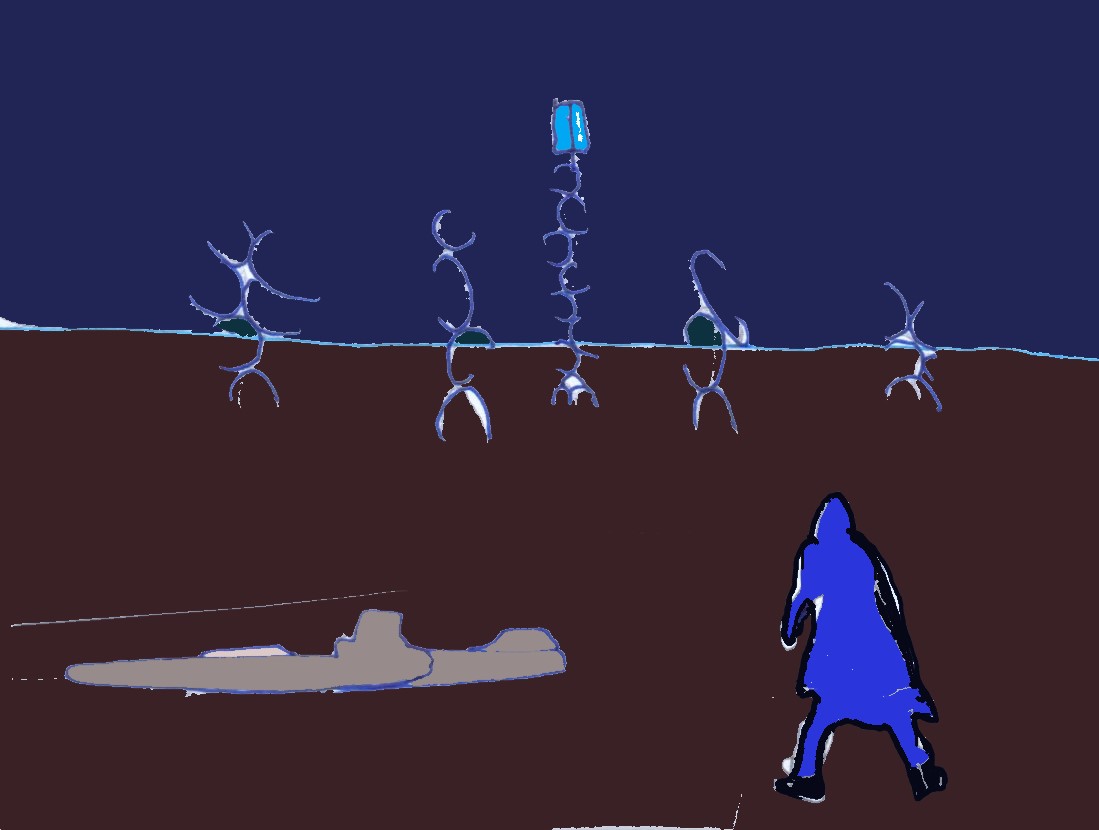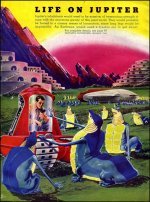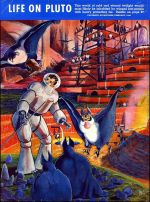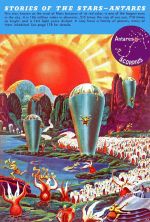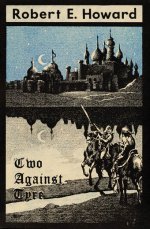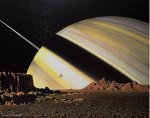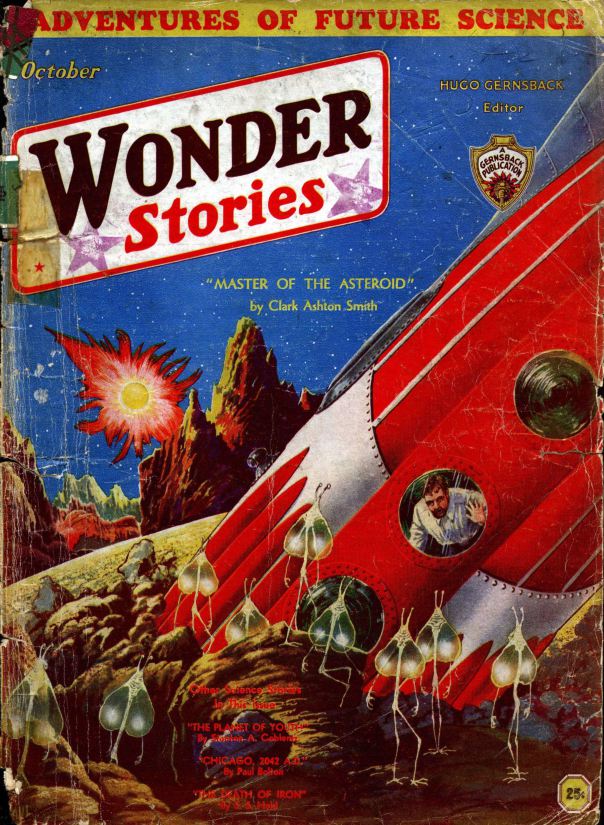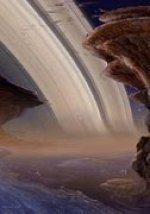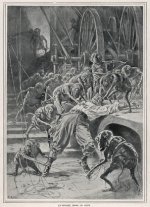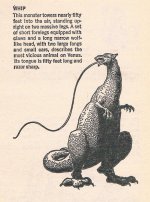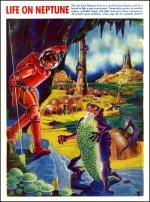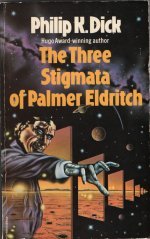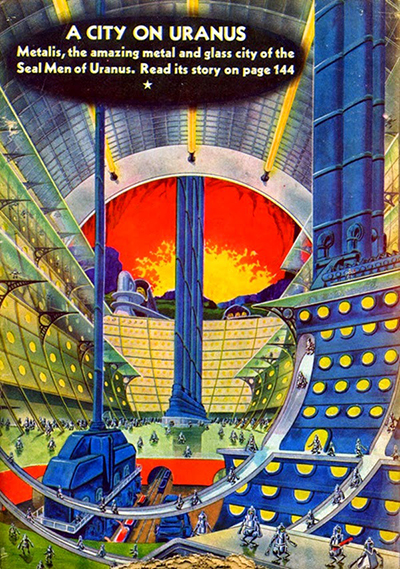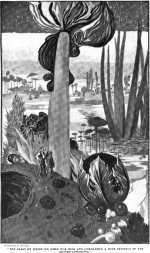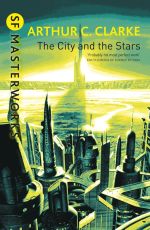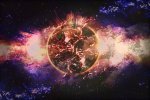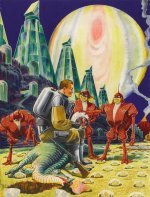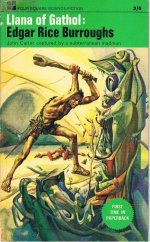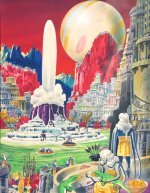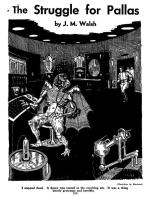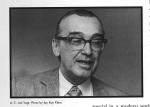-
Apr 22, 24 11:20 AM
Optimistic science and speculation
Read More
-
Apr 22, 24 08:24 AM
authors who have contributed to the old solar system
Read More
-
Apr 22, 24 08:20 AM
The double life of our place-names
Read More
-
Apr 22, 24 07:33 AM
the early part of Sunnoad Yadon's reign
Read More
-
Apr 21, 24 02:17 PM
our timeline extended into imagined pasts and futures
Read More
-
Apr 21, 24 05:55 AM
how each world is doing on the scenic front
Read More
-
Apr 21, 24 05:44 AM
The Mercurian scene
Read More
-
Apr 20, 24 07:12 AM
another spate of scenes from Old Solar System worlds
Read More
-
Apr 18, 24 06:39 AM
the annular saturnian scene
Read More
-
Apr 17, 24 06:08 AM
The Venusian scene
Read More
-
Apr 14, 24 07:41 AM
the scene on a Uranian moon
Read More
-
Apr 11, 24 02:27 PM
the succession to Brem Tormalla
Read More
-
Apr 10, 24 03:10 AM
The lunar scene
Read More
-
Apr 07, 24 08:00 AM
reflections on life, the oss and everything
Read More
-
Apr 07, 24 06:24 AM
The Umbriel scene
Read More
-
Apr 01, 24 09:07 AM
the monthly popularity-contest for world-teams
Read More
-
Apr 01, 24 07:27 AM
The Ganymedean scene
Read More
-
Mar 29, 24 06:29 AM
CLUFFS - Cute Little Unfulfilled Fragments of Fascination
Read More
-
Mar 26, 24 05:49 AM
Recruitment begins for the expedition to rescue Olhoav
Read More
-
Mar 25, 24 01:50 PM
The Oberan scene
Read More
-
Mar 22, 24 08:22 AM
comments on constructing a planetary epic
Read More
-
Mar 18, 24 05:47 AM
The Ionian scene
Read More
-
Mar 16, 24 12:31 PM
scenes from the tenth planet
Read More
-
Mar 12, 24 05:01 AM
Eerie Earths
Read More
-
Mar 11, 24 09:24 AM
dreams and themes from an island
Read More
-
Mar 11, 24 03:38 AM
The solar scene
Read More
-
Mar 08, 24 02:52 AM
The Martian Scene
Read More
-
Feb 29, 24 01:46 PM
Yadon has been followed to Syoom
Read More
-
Feb 26, 24 05:48 AM
The Jovian scene
Read More
-
Feb 25, 24 06:26 AM
The Plutonian scene
Read More
-
Feb 24, 24 07:10 AM
the named or designated stars that appear in literature
Read More
-
Feb 19, 24 05:42 AM
a celebration of some key stories set on colourful Earth
Read More
-
Jan 23, 24 08:14 AM
The Cerian scene
Read More
-
Jan 08, 24 11:31 AM
the scene on Saturn's innermost moon
Read More
-
Jan 07, 24 05:20 AM
innumerable worlds in the inner planets' back yard
Read More
-
Jan 01, 24 04:09 PM
The Saturnian Scene
Read More
-
Dec 31, 23 03:00 PM
reflections on life, the oss and everything
Read More
-
Dec 17, 23 10:27 AM
Interplanetary Huntress - the Gerry Carlyle Stories of Arthur K Barnes
Read More
-
Dec 16, 23 06:09 AM
The Neptunian scene
Read More
-
Dec 15, 23 02:19 PM
Philip K Dick and the Old Solar System
Read More
-
Dec 14, 23 05:28 AM
The Uranian scene
Read More
-
Dec 12, 23 02:53 PM
the natives of our moon's outdoors
Read More
-
Dec 10, 23 06:24 AM
The Terran Scene
Read More
-
Dec 05, 23 05:12 AM
The Titanic scene
Read More
-
Nov 24, 23 10:51 AM
The Vestan scene
Read More
-
Nov 18, 23 11:57 AM
The Lost Planet scene
Read More
-
Nov 11, 23 11:49 AM
The Europan scene
Read More
-
Nov 05, 23 02:07 PM
Primordial Worlds
Read More
-
Oct 23, 23 01:21 PM
H P Lovecraft and the Old Solar System
Read More
-
Oct 13, 23 03:59 AM
The Callistan scene
Read More
-
Oct 12, 23 06:05 AM
What to see on Pallas
Read More
-
Oct 10, 23 08:10 AM
the people and places of Ooranye
Read More
-
Oct 09, 23 03:21 AM
A E van Vogt and the Old Solar System
Read More
